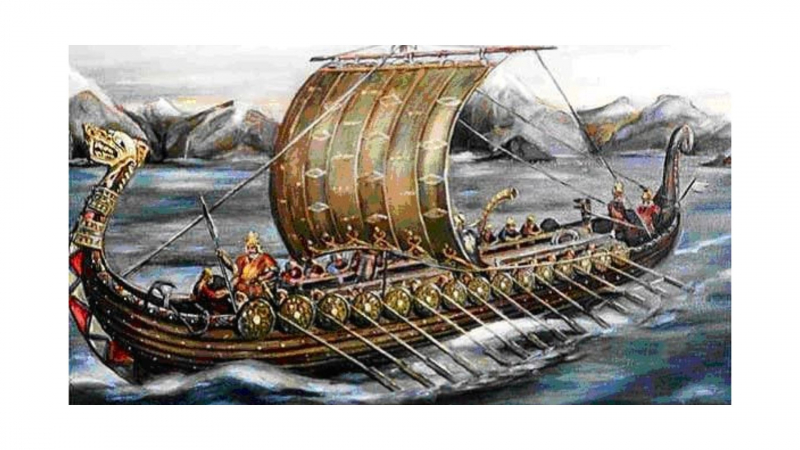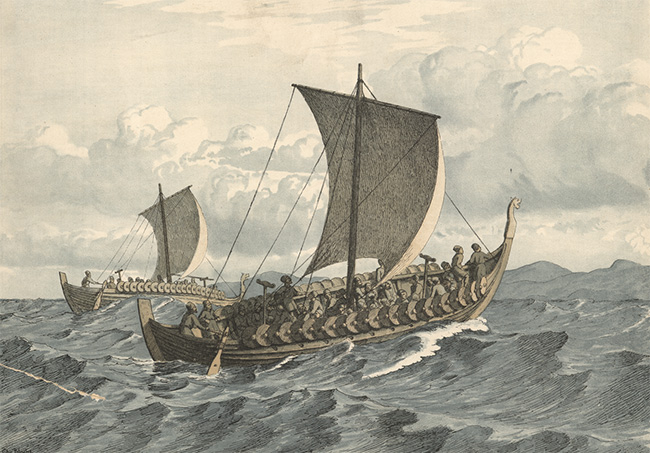Easier Target Within The Sea's Reach
Easier target within the sea's reach is also one of the reasons why Vikings invaded England. The Vikings used waterways to travel because they were skilled shipbuilders and sailors. They were also effective at controlling their big ships throughout lengthy travels. Despite the lack of magnetic compasses at the time, Vikings used the sun, moon, and stars to navigate at sea. In order to navigate geographically, they devised a solar compass and learned about mental chart landmarks. With its location between the North Sea, North Atlantic Ocean, and English Channel, England had a low topographic elevation. It traded wine, clothing, and other things along the seaways.
The North Sea connected Scandinavia, the Vikings' ancestral home, where today's Sweden, Denmark, and Norway are located, and England. Under ideal circumstances, the North Sea channel took about 3–6 days to get to England. It was a reassuring win since the Vikings, who were famed for their exceptional nautical prowess, could easily conquer England. Thus, in June, when the sea was calm, they launched their initial assault on Lindisfarne, which is located west of the North Sea.
All of the early targets were places of worship, but this was more out of convenience than anything else; the abbeys and priories that the Vikings originally destroyed were close to the coast. Although the Anglo-Saxon Chronicle dates the raid on Lindisfarne for January, other sources make it plain that it took place in June, which makes sense because the seas would have been calmer and more conducive to passage at the time. The proximity of Lindisfarne Priory to the sea made it a convenient and extremely lucrative target. From their early attacks, the Vikings also learned that Britain offered arable grounds. As a result, a large number of Viking warriors returned to Britain with their families in order to establish themselves and work the land.












